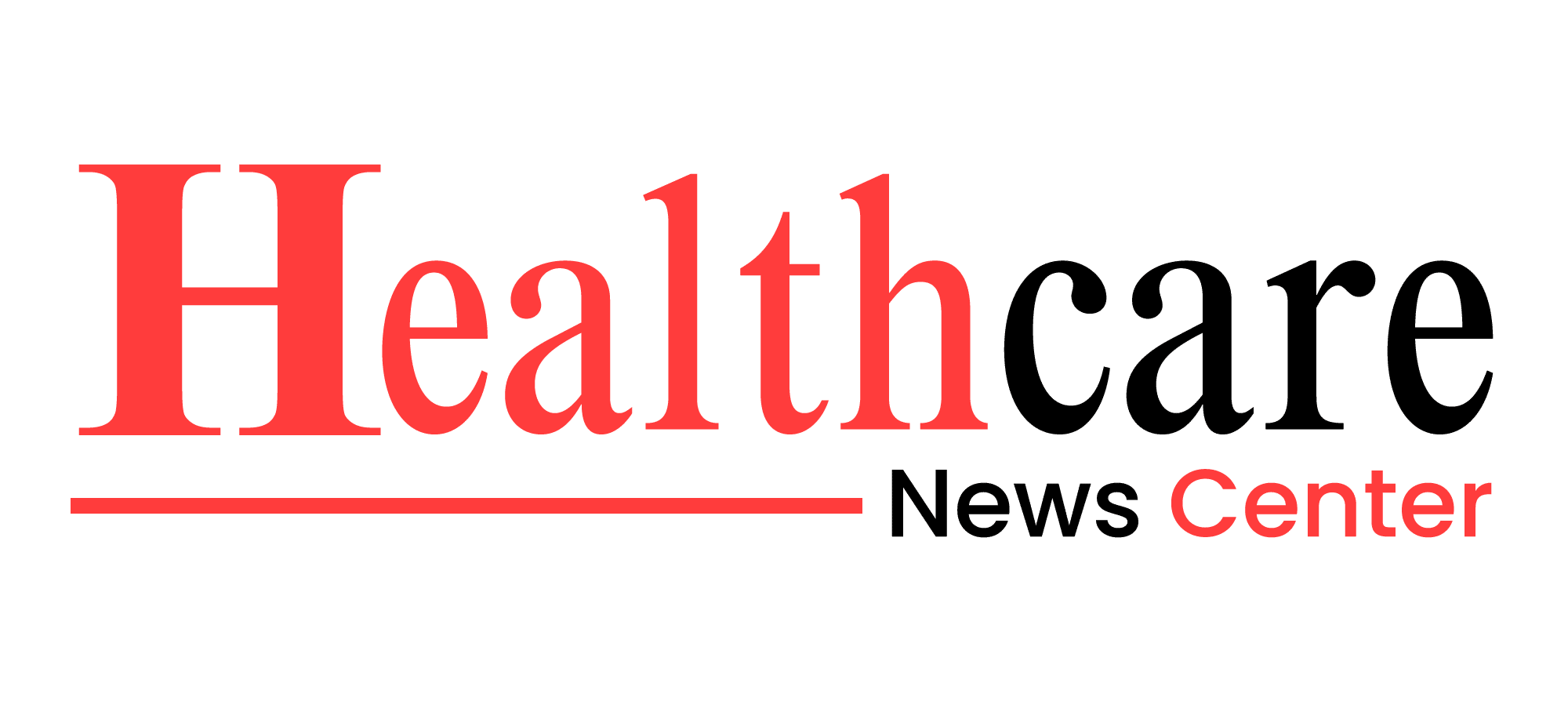Pneumonia remains a significant concern for patients undergoing cardiac surgery, posing serious postoperative complications. Recent research has shed light on the specific risk factors contributing to the development of pneumonia after cardiac procedures, offering critical insights that could improve patient outcomes. This article explores the latest findings, supported by statistics and expert analysis.
Identifying Key Risk Factors
A groundbreaking study led by Dr. Lisa Johnson at the Mayo Clinic, published in The Journal of Thoracic and Cardiovascular Surgery in March 2024, identified several key risk factors for pneumonia following cardiac surgery. The research involved analyzing data from over 10,000 patients who underwent various cardiac procedures between 2015 and 2022. The study revealed that advanced age, prolonged mechanical ventilation, and pre-existing chronic obstructive pulmonary disease (COPD) were the most significant predictors of postoperative pneumonia.
Resource: The Journal of Thoracic and Cardiovascular Surgery – Pneumonia After Cardiac Surgery
Statistics on Postoperative Pneumonia
According to the study, approximately 12% of patients who underwent cardiac surgery developed pneumonia within 30 days postoperatively. The incidence was notably higher among patients over the age of 70, with a rate of 18%, compared to just 7% in those under 60. Additionally, patients requiring mechanical ventilation for more than 48 hours were at a significantly increased risk, with an incidence rate of 22%.
Resource: Mayo Clinic – Cardiac Surgery and Pneumonia Risk
Impact of Pre-existing Conditions
The presence of COPD was found to increase the likelihood of developing pneumonia by 35%, making it one of the most substantial risk factors identified in the study. Dr. Johnson emphasized the importance of preoperative optimization of pulmonary function in patients with COPD to mitigate this risk. “Our findings underscore the critical need for targeted interventions in high-risk populations,” Dr. Johnson stated.
Resource: American Journal of Respiratory and Critical Care Medicine – COPD and Pneumonia Risk
Preventive Strategies and Future Directions
The study’s authors advocate for the implementation of enhanced postoperative care protocols, including the use of non-invasive ventilation and early mobilization, to reduce pneumonia risk. Furthermore, they call for more research into developing personalized strategies for pneumonia prevention based on individual patient risk profiles.
Dr. Michael Anderson, a cardiothoracic surgeon at Johns Hopkins Medicine, who was not involved in the study, commented on the findings, stating, “This research provides invaluable insights that can guide the development of more effective preventive measures. By identifying those most at risk, we can tailor our interventions to improve patient outcomes.”
Resource: Johns Hopkins Medicine – Postoperative Care and Pneumonia Prevention
Conclusion
The identification of key risk factors for pneumonia following cardiac surgery marks a significant step forward in enhancing patient care. By focusing on high-risk groups, healthcare providers can implement targeted strategies to reduce the incidence of this potentially life-threatening complication. As research continues to evolve, the hope is that these insights will lead to improved surgical outcomes and better overall patient health.

